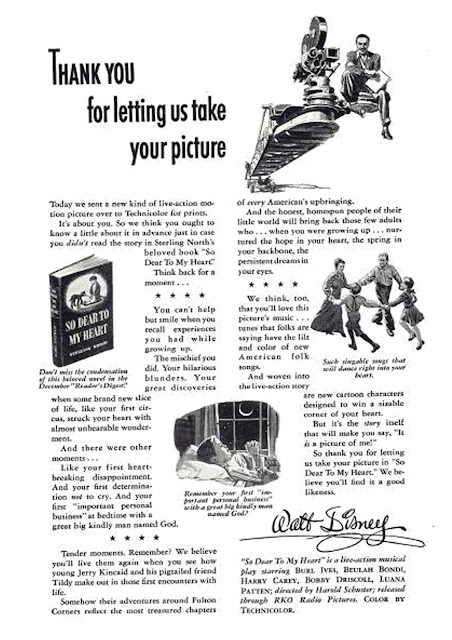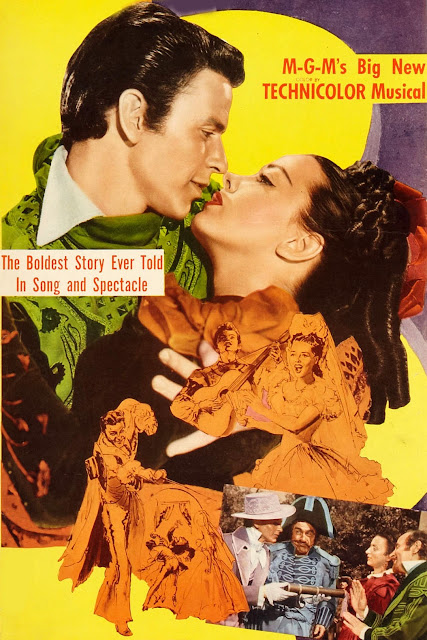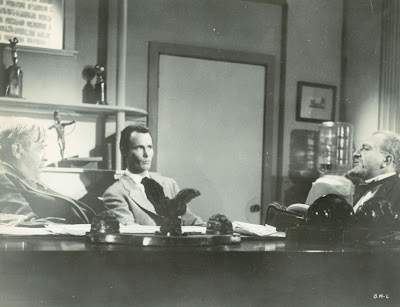First Ford Talking Feature
This was John Ford's first feature-length talkie. It opened in May, 1929 as sound rolled like tanks over a silent era headed for extinction. The Black Watch used Fox's "Movietone" process, which recorded dialogue on film rather than disc, a system more reliable for synching up voice with picture, but harsh pill otherwise due to hissy playback and noise on tracks. Delivery side of Movietone was often worse, theatres reporting inaudible words and surplus racket to make watching a chore. Audiences were patient, though, as novelty outweighed annoyance, and progress could be seen (make that heard) with each fresh engagement. The Black Watch would play off, be recognized as brief mile along a learning curve, and then forgot by its owner and creative participants. John Ford had little to say of it that was good, The Black Watch amounting to initiation more embarrassment than success. Based on years of non-access, most would have agreed with him.
All I had seen of The Black Watch was in a Kevin Brownlow profile of early sound that used clips to demonstrate stone age of initial talkers. Sample of a tribesman pushing another off a precipice while chanting "Allah, forgive me" put The Black Watch on a short list to watch for, but who'd play it? (not television as I could find) Now, however, comes happy surprise of The Black Watch streaming at I-Tunes, what's more in high-definition, part of Fox's initiative to put backlog at disposal of fans who'd given up seeing these outside archives and far-flung revival. Quality is as good as surviving elements permit, which is to say variable, but for a most part, OK. I was thrilled to have the thing at all, a best attitude to keep where dealing with any rescue from the mostly-lost library of Fox Film Corporation.
The Black Watch was novel-based with a compelling, if familiar premise, officer Victor McLaglen thought a coward when he goes undercover in
The film was completed by John Ford as a part-talkie, then re-shot in part per studio dictate so as to sell result as all-talk. Revisions were "Staged" by character actor Lumsden Hare rather than Ford, a circumstance decried later by the director, who said he "wanted to vomit" after look and listen to what Hare had wrought. These dialogue portions are an ordeal, lines slow-recited with pauses to induce sleep, but problems with Movietone were understood by Fox brass, likely result an order to ease tempo so each word would register. Better to field complaints over pace of talk than talk not comprehended at all. Whatever the effort, some of it was at least done right, as The Black Watch took a million in worldwide rentals against $490K negative cost. Broadway's Gaiety Theatre was host at $2 for best seating, The Black Watch playing tandem with Movietone appearance of Sherlock Holmes-creator Arthur Conan Doyle (Gaiety ad at top), a reel lately included as extra with Flicker Alley's Blu-Ray release of Sherlock Holmes starring William Gillette.
UPDATE: 1/7/16 --- An ad plus announcement I came across for



























































